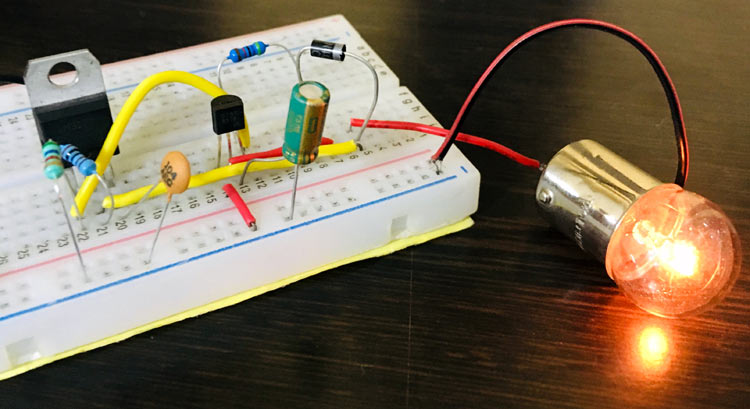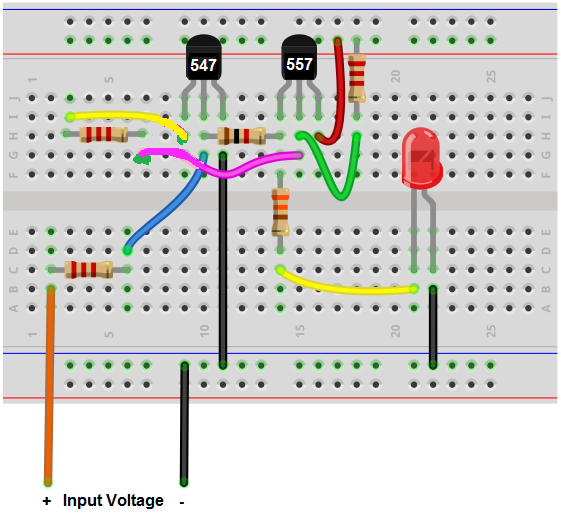
Is there an easier way to reset the Arduino using a sketch? If not can anyone tell me what I might be doing wrong?īTW I just tried using a 1.1k resister (1k didn't do anything) between the pin 13 and reset pin and once the 13 pin went low it would reset but it would keep on resetting (13 led keeps flashing). After 5 seconds of Pin 13 being high, it goes to low for 5 seconds and then back to high which I expected would trigger the reset pin but instead it kept the lead dim and the program would stop working until I removed the wire connected pin 13 to the reset pin. I then connected pin 13 to the reset pin and ran the sketch. I tried to use the Blink sketch to alternative pin 13 (led) low and high every 5 seconds. For example, if I connect the ground pin to the reset pin and release it, it will reset it.

Other challenges to feature shrinks include : reduced film thickness causing additional (undesired) polarisation effects charge injection and leakage currents.I want to make my Arduino reset itself using the reset pin and software. Provided the ferroelectric layer can be scaled accordingly FeFET based memory devices are expected to scale (shrink) as well as MOSFET devices however a limit of ~20 nm laterally may exist (the superparaelectric limit, aka ferroelectric limit). Issues involved in realising a practical FeFET memory device include (as of 2006) : choice of a high permitivity, highly insulating layer between ferroelectric and gate issues with high remanent polarisation of ferrolectrics limited retention time (c. įeFET based memory devices are read using voltages below the coercive voltage for the ferrolectric. In the late 1980 Ferroelectric RAM was developed, using a ferroelectric thin film as capacitor, connected to an addressing FET. Early field effect transistor based devices used bismuth titanate (Bi 4Ti 3O 12) ferroelectric, or Pb 1−xLn xTiO 3 ( PLT) and related mixed zironconate/titanates ( PLZT).


Further research occurred in the 1960s, but the retention characteristics of the thin film based devices was unsatisfactory. Use of a ferroelectric ( triglycine sulfate) in a solid state memory was proposed by Moll and Tarui in 1963 using a thin film transistor.


 0 kommentar(er)
0 kommentar(er)
